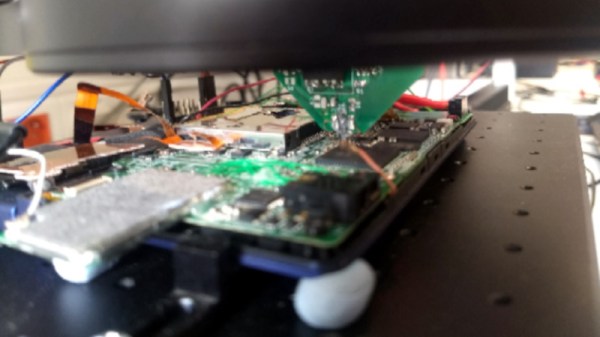Fresh from the mediaeval splendour of the Belgian city of Gent, we bring you more from the Newline hacker conference organised by Hackerspace Gent. [Victor Sonck] works at the top of his house, and thus needed a doorbell notifier. His solution was unexpected, and as he admits over engineered, using machine learning on an audio stream from a microphone to detect the doorbell’s sound.
Having established that selling his soul to Amazon with a Ring doorbell wasn’t an appropriate solution, he next looked at his existing doorbell. Some of us might connect directly to its power to sense when the button was pressed, but we’re kinda glad he went for the overengineered route because it means we are treated to a run-down how machine learning works and how it can be applied to audio. The end result can sometimes be triggered by a spoon hitting a cereal plate, but since he was able to demonstrate it working we think it can be called a success. Should you wish to dive in further you can find more in his GitHub repository.
How would you overengineer a doorbell? Use GNU radio and filters? Or maybe a Rube Goldberg machine involving string and pulleys? As always, the comments are open.













